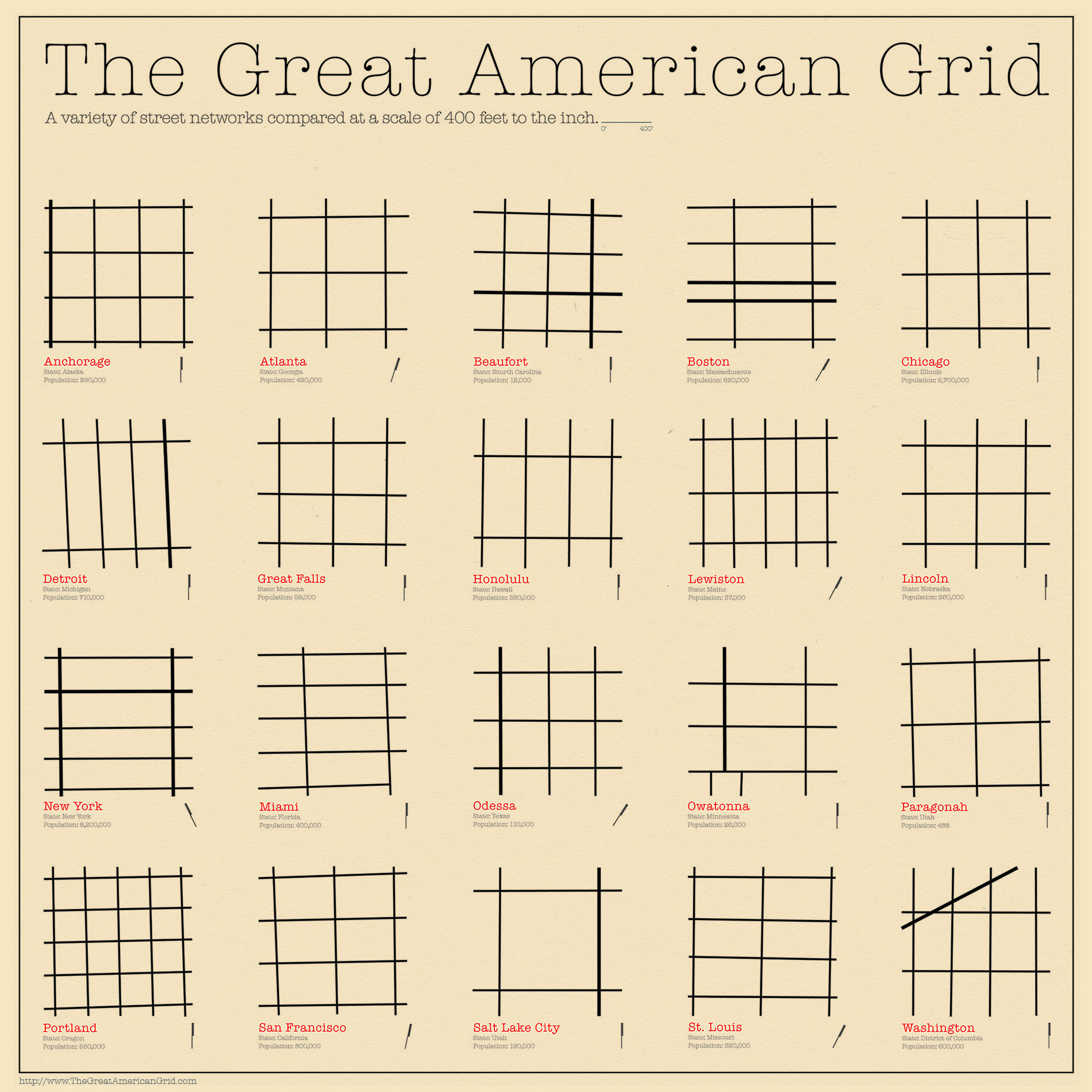Lately I've been reading Paul Hazard's The European Mind 1680-1715. It is a wonder to read, as it makes the history of ideas come to life. Hazard has great style and often employs a simple but provocative technique of incorporating direct quotes into his text without actually marking them with quotation marks. It has the unsettling but thrilling effect of making the ideas, issues, and actors feel contemporary and alive.
 |
| Prof. Paul Hazard (Library of Congress) |
There are many parts of the text that are worth quoting, but here I want to offer a long passage from Bernard Le Bovier de Fontenelle's Histoire de l'Académie royale des sciences (1699):
The geometrical method is not so rigidly confined to geometry itself that it cannot be applied to other branches of knowledge as well. A work on politics, on morals, a piece of criticism, even a manual on the art of public speaking would, other things being equal, be all the better for having been written by a geometrician. The order, the clarity, the precision and the accuracy which have distinguished the worthier kind of books for some time past now, may well have been due to the geometrical method which has been continuously gaining ground, and which somehow or another has an effect on people who are quite innocent of geometry. It sometimes happens that a great thinker gives the keynote to the whole of his century. He to whom the distinction of endowing us with a new method of reasoning may most justly be awarded was himself an accomplished geometrician.
Fontenelle in action.
 |
| Rene Descartes |
| From Abraham Bosse, Traité des pratiques géométrales et perspectives (1665) |
Here's the original passage from Fontenelle, taken from an eighteenth-century edition of his writings:
The phrase "esprit géométrique" is more evocative than the one offered in the translation. And scholars have been quick to seize on it as a way to identify the mathematical and quantifying spirit of the age. (See, for example, the edited volume The Quantifying Spirit of the Eighteenth Century (1990), available here.)
 It's safe to say that this spirit took hold of Americans during the colonial and early republican eras. In
It's safe to say that this spirit took hold of Americans during the colonial and early republican eras. InThe Colonizing Trick: National Culture and Imperial Citizenship in Early America (2003), David Kazanjian links Fontenelle, Jefferson, Humboldt, and Foucault in the matter of a few pages, noting that "[t]his quantifying spirit was especially captivating in the United States" and that "Jefferson in particular must be considered a prophetic avatar of this infatuation."
Needless to say, surveyors were some of the key agents of this spirit, this loa of geometry, that spread through colonial America and the early United States. The Cartesian grid overlaid across North America was their work.
(In case you're curious, Hazard's book was originally published as La Crise de la conscience européenne in Paris in 1935, and is being reissued now by the New York Review Books (NYRB Classics) as The Crisis of the European Mind: 1680-1715, for about $20. Their books are beautiful and solid, and the new edition even comes with a new introduction by Anthony Grafton.)
 |
